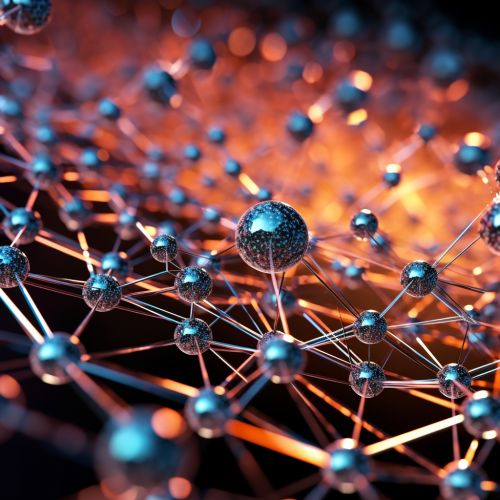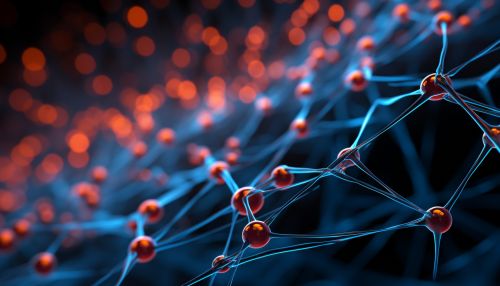Advances in Nanoscale Drug Delivery Systems
Introduction
Nanoscale drug delivery systems represent a significant advancement in the field of pharmacology, offering a new paradigm for the delivery of therapeutic agents. These systems, which include nanoparticles, liposomes, and dendrimers, among others, have the potential to improve the efficacy and safety of drugs by allowing for targeted delivery, controlled release, and improved solubility. This article will delve into the advancements in nanoscale drug delivery systems, exploring their design, applications, and the challenges they present.


Design of Nanoscale Drug Delivery Systems
The design of nanoscale drug delivery systems is a complex process that involves the careful selection and manipulation of materials at the nanoscale to achieve desired properties. This can include the use of polymeric materials, lipids, and inorganic materials, each of which offers unique advantages and challenges.
Polymeric Nanoscale Drug Delivery Systems
Polymeric nanoscale drug delivery systems are typically made from biodegradable and biocompatible polymers, which can be designed to release drugs in a controlled manner over time. These systems can be further modified with functional groups to allow for targeted delivery to specific cells or tissues.
Lipid-Based Nanoscale Drug Delivery Systems
Lipid-based nanoscale drug delivery systems, such as liposomes and solid lipid nanoparticles, offer the advantage of being able to encapsulate both hydrophilic and hydrophobic drugs. These systems can also be functionalized with targeting ligands to improve their specificity.
Inorganic Nanoscale Drug Delivery Systems
Inorganic nanoscale drug delivery systems, such as gold nanoparticles and silica nanoparticles, offer unique optical and electronic properties that can be exploited for drug delivery and imaging applications. However, these systems often require careful surface modification to improve their biocompatibility and stability.
Applications of Nanoscale Drug Delivery Systems
Nanoscale drug delivery systems have found applications in a variety of therapeutic areas, including oncology, infectious diseases, and neurology.
Oncology
In oncology, nanoscale drug delivery systems can be used to deliver chemotherapeutic agents directly to tumor cells, reducing the systemic toxicity associated with these drugs. This can be achieved through the use of targeting ligands that bind to receptors overexpressed on tumor cells, or through the exploitation of the enhanced permeability and retention (EPR) effect.
Infectious Diseases
In the field of infectious diseases, nanoscale drug delivery systems can be used to improve the delivery of antiviral and antibacterial agents. For example, nanoparticles can be used to deliver antiretroviral drugs to HIV-infected cells, improving the efficacy of these drugs and reducing the development of drug resistance.
Neurology
In neurology, nanoscale drug delivery systems offer the potential to overcome the blood-brain barrier, a major obstacle in the delivery of drugs to the brain. This can be achieved through the use of nanoparticles that are designed to mimic the properties of the brain's own transport systems.
Challenges and Future Directions
Despite the significant advancements in nanoscale drug delivery systems, there are still many challenges to be overcome. These include the need for improved targeting strategies, the development of systems that can deliver multiple drugs simultaneously, and the need for better understanding of the interactions between nanoparticles and biological systems.
Looking forward, it is likely that the field of nanoscale drug delivery will continue to evolve, with new materials and technologies being developed. This will require ongoing research and collaboration between scientists in various disciplines, including pharmacology, materials science, and bioengineering.
